A (Simplified) List of Common LR HitchhikersHarmless/Beneficial Reef-Safe Hitchhikers :
Copepods - Type of zooplankton. Eaten by fish/inverts.
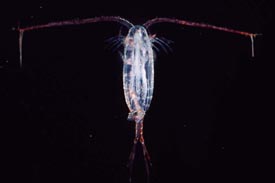
Amphipods - Type of zooplankton. Eaten by fish/inverts.

Spirorbis - Genus of small polychaete worms.

Feather Dusters - Type of worm with a crown (radiole) used for filtering small organisms in the water toward its mouth. Crowns come in a variety of colors.
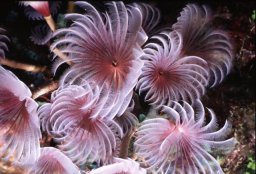
Spaghetti Worms - Type of worm with numerous tentacles used for catching food (hence the name "spaghetti").

Peanut Worms - Type of worm that is tubular-shaped.
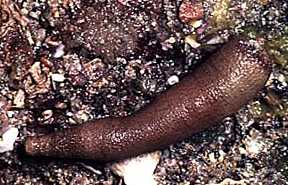
Bristleworms - Type of nocturnal worm named for the "bristles" that run along its sides. They range in size from less than 1 inch to over 20 inches in length. *Caution: While bristleworms are mainly considered to be harmless scavengers, at large sizes, they can become aggressive and prey on fish and inverts.
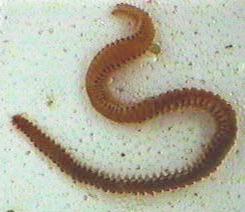
Mysis Shrimp - Small shrimp-like crustacean. Eaten by fish and inverts.

Stomatellas - Type of small fast-moving slug with a hard shell that protects its head and torso.

Micro Serpent Stars - Type of brittle star. Stays relatively small.

Clear Flatworms - Considered to be "benign" flatworms. However, in excess they can be a problem because when they die, they release toxins that could be harmful to your livestock in large quantities.

Pineapple Sponges - Small white or gray sponges that resemble a pineapple in appearance.
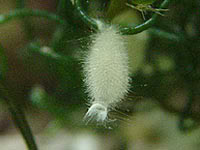
Orange Ball Anemone - A member of the mushroom family that resembles an anemone in its appearance.
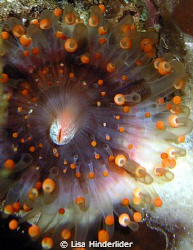 Harmful/Bad Hitchhikers
Harmful/Bad Hitchhikers:
Isopods - Type of zooplankton. Similar in appearance to copepods and amphipods; however, many types of isopods are parasitic.

Asterina Stars - Very small white starfish. While not necessarily harmful individually, they can reproduce rapidly in aquariums becoming a pest.
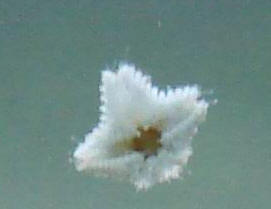
Fireworms - Similar to bristleworms except that the bristles of fireworms sting!
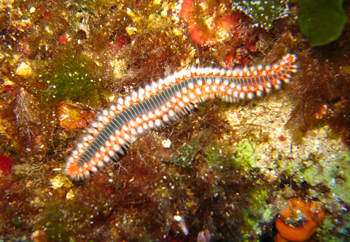
Mantis Shrimp - Marine crustacean that resembles both a shrimp and a mantis, but is actually a stomatopod. Very fast and aggressive. Will attack fish and inverts. They make a "popping" and/or "clicking" sound.

Gorilla Crabs - Type of crab that gets its name because of its a hairy appearance. Has black-tipped claws. Will attack livestock.

Vermetid Snails - Type of small snail with a hard tube shell that can populate quickly in aquariums. While the worm itself is not harmful, the worm shoots out a web of mucus to catch food, and this web can irritate neighboring corals.

Hydroids - Tiny stinging jellyfish. Hydroids like the ones in picture below are generally not a problem as long as their numbers remain low. However, in large quantities or when in an aquarium with sensitive livestock like seahorses, hydroids are harmful. Other types of colonial hydroids can become a serious nuisance very quickly, though, so be careful.
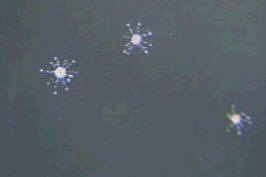
Rusty/Orange/Red Flatworms and AEFW - These flatworms can populate very quickly in aquariums and can quickly smother corals. In the case of AEFW, they actually eat the flesh off of Acropora coral species. Additionally, when flatworms die, they release toxins that are potentially deadly to your aquarium inhabitants.
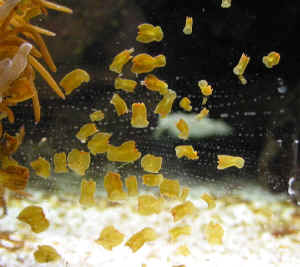
Zoanthid Spiders - Type of marine spider that eats Zoanthid corals.

Aiptasia - Also referred to as "glass anemones." These anemones grow out of hand quickly, and will sting/kill neighboring corals.

Majanos - Similar to aiptasia, except that Majano anemones have a short and buff (rather than slim and stalky) appearance. They come in a variety of colors, and can look very attractive, but (like aiptasia) they will sting/kill neighboring corals.

